This thinking routine helps learners slow down and look closely at a system. In doing so, young people are able to situate objects within systems and recognize the various people who participate—directly or indirectly—within a particular system.

This thinking routine helps learners slow down and look closely at a system. In doing so, young people are able to situate objects within systems and recognize the various people who participate—directly or indirectly—within a particular system.

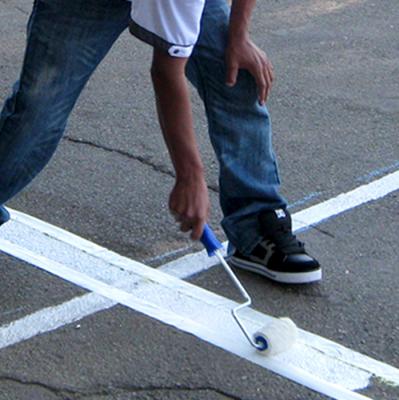
Boston-based architect David Stephen discusses his experiences developing “Maker Campus Master Plans” with various members of Agency by Design’s Oakland Learning Community.
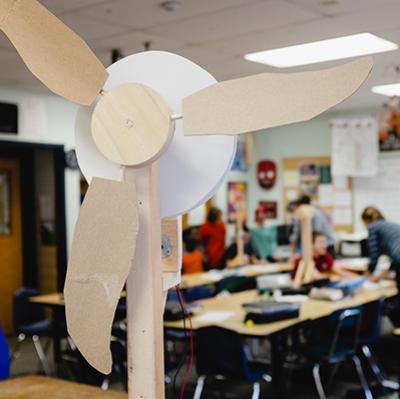
Students from King Middle School in Portland, Maine, explain the importance of looking closely in a maker-centered classroom.
Video by Alex Coppola
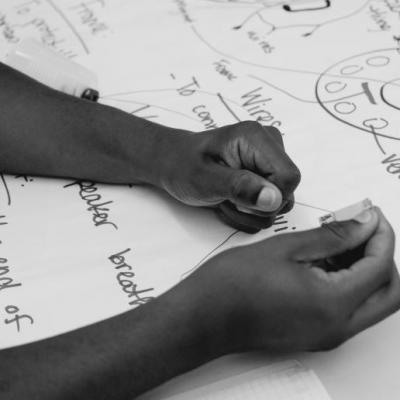
This tool is connected to the Agency by Design Making Moves. The Making Moves identifies three maker capacities that support a sensitivity to design, along with their associated learning moves. Here you’ll find three observation sheets, one for each of the maker capacities: Looking Closely, Exploring Complexity, and Finding Opportunity.
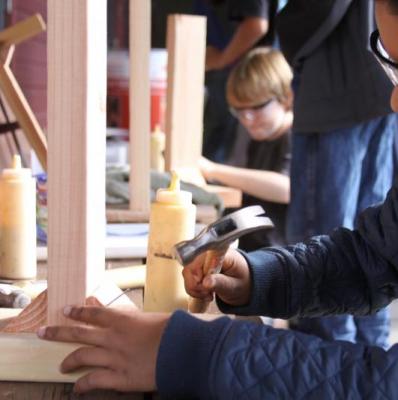
In this picture of practice essay, educators Ilya Pratt and Jeanine Harmon share a community “Design + Build” project. Fourth and fifth grade students from North Oakland Charter School and Park Day School find an opportunity to work together to build T-Stools for classrooms.

A protocol for looking closely at content, considering perspectives and representation, and then redesigning or reimagining that content from one's own perspective. Try out the accompanying Learner Workbook!
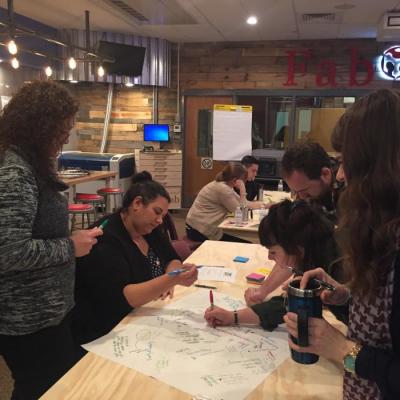
Guest Author Jeff Evancho, the Project Zero Programming Specialist at the Quaker Valley School District, describes the process of establishing the Pittsburgh Maker Educator Learning Community, including the community’s interest in developing documentation and assessment strategies for the maker-centered classroom.
The routine helps students explore complexity by encouraging them to consider that people may have different experiences with and perspectives on the same object or system. This routine also encourages students to think more carefully about how the object or system impacts their lives and the lives of others.
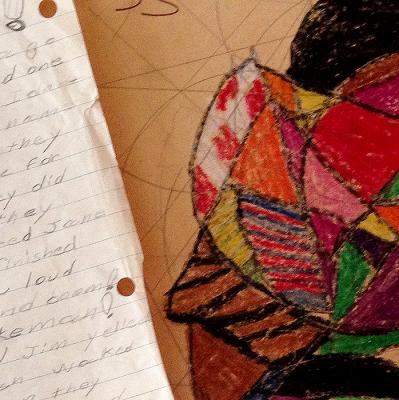
AbD researcher Jessica Ross elaborates on her role in the Open Portfolio Project by asking the question: What advice can we offer young makers as they document their making throughout their lifetimes?